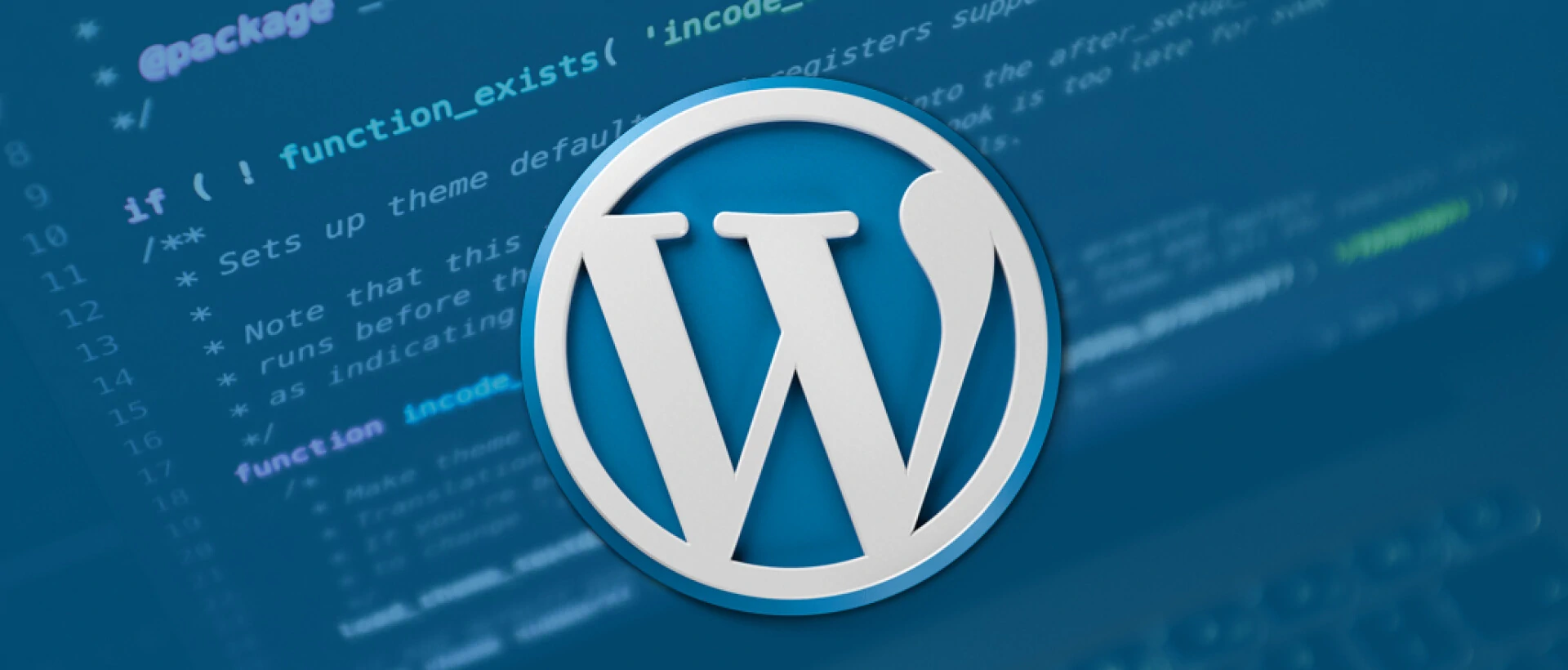WordPress has revolutionized website development, offering a wide range of themes that serve as a foundation for creating stunning and functional websites. While pre-designed themes provide a great starting point, many website owners seek to differentiate their online presence by customizing their WordPress themes. In this article, we will explore the concept of WordPress theme customization, its benefits, and how it allows you to unleash your creativity to personalize your website exactly as you envision.
Understanding WordPress Theme Customization
WordPress theme customization involves modifying the design, layout, colors, fonts, and other visual elements of a pre-built WordPress theme to create a unique and tailored website. It allows you to go beyond the default settings and make your website reflect your brand identity, convey your message, and meet your specific requirements. With WordPress, you have the flexibility to customize every aspect of your website’s appearance and functionality, making it truly your own.
Benefits of WordPress Theme Customization
Brand Identity: Customizing your WordPress theme enables you to align your website’s design with your brand identity. You can incorporate your brand’s logo, colors, and typography, creating a consistent visual experience across all touchpoints and reinforcing your brand’s recognition.
Enhanced User Experience: By customizing your WordPress theme, you can optimize the user experience based on your target audience’s preferences and behaviors. You can create intuitive navigation, streamline content presentation, and ensure your website is user-friendly and engaging.
Tailored Functionality: Theme customization allows you to add or modify features and functionalities to suit your specific needs. Whether it’s integrating custom forms, social media feeds, e-commerce capabilities, or other interactive elements, customization empowers you to create a website that caters to your business objectives.
Competitive Advantage: Customizing your WordPress theme sets your website apart from the competition. It helps you stand out in a crowded digital landscape, demonstrating professionalism, uniqueness, and attention to detail.
Exploring WordPress Theme Customization Options
Customizing Appearance: You can modify various visual aspects of your WordPress theme, such as the header, footer, background, color scheme, fonts, and layouts. With the help of theme options or custom CSS, you can achieve the desired look and feel for your website.
Custom Page Templates: WordPress allows you to create custom page templates with unique layouts and functionality. This flexibility empowers you to design specific pages, such as landing pages, portfolio showcases, or product catalogs, to effectively showcase your content.
Widgets and Sidebars: Theme customization allows you to configure and organize widgets and sidebars to display additional content or interactive elements. You can add functionality like search bars, social media feeds, or recent posts, making your website more dynamic and engaging.
Plugins Integration: WordPress offers an extensive range of plugins that extend the functionality of your website. Customizing your theme enables seamless integration of these plugins, empowering you to add advanced features like contact forms, sliders, galleries, and more.
Best Practices for WordPress Theme Customization
Child Themes: When customizing a WordPress theme, it is recommended to use child themes. Child themes inherit the functionality and styling of the parent theme while allowing you to make customizations without modifying the original files. This ensures that your changes won’t be lost when the theme is updated.
Backup and Testing: Before making any major customization, create a backup of your website to avoid potential data loss. Additionally, test your customizations thoroughly across different browsers and devices to ensure compatibility and responsiveness.
Clean Code Practices: When modifying CSS or PHP files, follow clean




